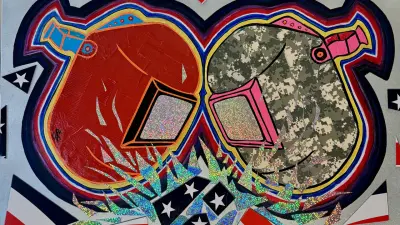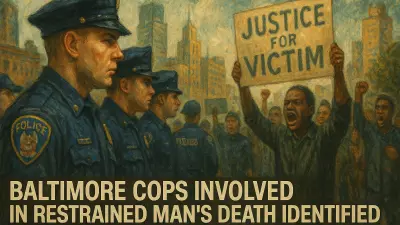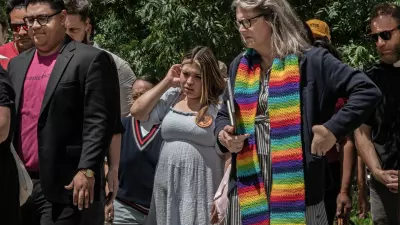On Thursday, when a Chicago police superintendent publicly accused actor Jussie Smollett of making up a hate-filled attack as a way to further his career, it wasn’t just an embarrassing situation for the “Empire” star. It also created a more challenging environment for victims to report and seek justice for actual hate crimes.

The Smollett case “casts doubt on reports of actual hate crimes and makes the public generally more skeptical of hate crimes reports,” wrote Lu-in Wang, a University of Pittsburgh law professor and author of several books on hate crimes, in an email to Postindustrial. “That is harmful to victims of actual hate crimes, who already may face challenges in reporting and being taken seriously by law enforcement.”
It’s not as if reporting hate crimes — or prosecuting them — was easy prior to Smollett’s alleged deception.
Take the case of 14-year-old Syrian refugee Shaimaa Houri Zada, whose case Postindustrial covered last month. In a minute-long video depicting a December 14 attack on the Chartiers Valley High School student, a fellow student made her bias clear when she told the hijab-wearing ninth-grader: “You’re lucky you’re from another language, because I will crush you, bitch.”
Yet prosecutors didn’t charge anyone with a hate crime — or “ethnic intimidation,” as it’s known in the Pennsylvania criminal code — in Zada’s case: The Collier Township Police Department released a statement on December 21 announcing that Zada’s accused attacker would be charged with one count each of aggravated assault, harassment, and disorderly conduct — nothing involving ethnic intimidation. Investigators concluded that “evidence in this case does not support” an ethnic intimidation charge, according to the Collier police statement.
The lack of an ethnic intimidation charge or any official report of a hate crime in Zada’s case was upsetting to Safdar Khwaja, president of the Pittsburgh branch of the Council on American-Islamic Relations Executive Committee and CAIR-Pennsylvania board vice chair.
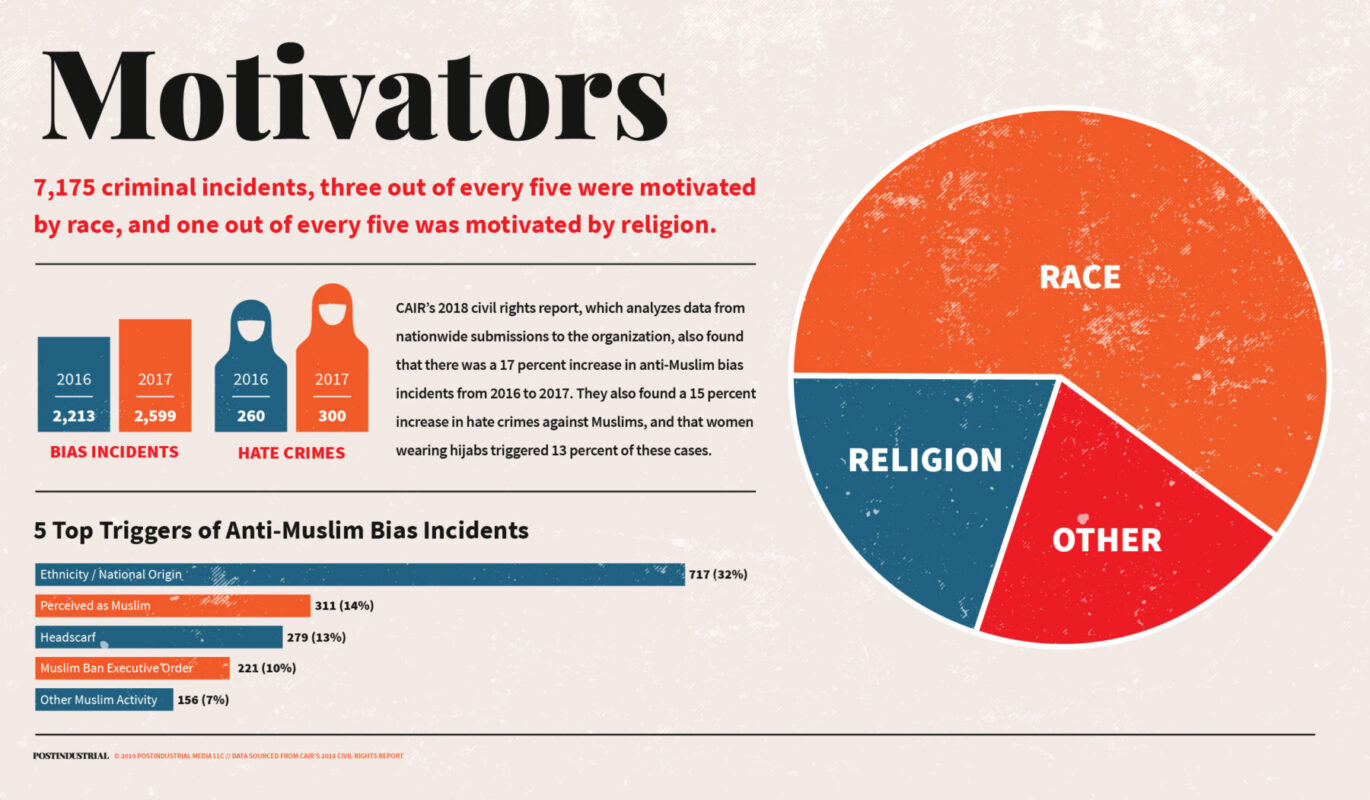
“Literally every school we hear from kids,” Khwaja said, referencing how many students report cases of racially motivated hate crimes to him. “Especially kids who are wearing some clothes or have an obvious name that sounds or looks like Muslim. They are subject to [bullying]. So it is pretty widespread and pretty common; even on the streets and shopping areas, it happens quite regularly.”
Yet people who experience hate crimes often don’t report them. This can be because of a distrust of police authorities, a fear of being seen as a tattletale, concerns about retaliation, or a lack of access to the appropriate people and systems that record the data.
“It could also reflect a reluctance on the part of hate crimes victims to come forward, because they prefer either to not report the crime at all or to report a crime but not report their perception that it was bias-motivated,” Wang wrote.
Even if people do manage to navigate the reporting process, it is difficult to actually charge on the basis of ethnic intimidation or a hate crime. Kami Chavis, a law professor at Wake Forest University and former Assistant U.S. Attorney for the District of Columbia, emphasized that prosecutors take their time to think clearly about the evidence they bring forth to best argue, and win, a case. Proof of hate crimes — relying on racist behavior that some may interpret differently — can be tricky to explicitly demonstrate, and so charges may never be filed.
“You have to have a nexus, you have to have something to prove,” Chavis said. “The prosecutor doesn’t want to lose the case because you don’t want this person to escape justice just because you weren’t able to prove your element.”
Brian Levin, director of the Center for the Study of Hate and Extremism, agrees, and noted that prosecutors work in good faith to ensure a conviction. In Zada’s case, he said, the charges of aggravated assault, harassment, and disorderly conduct are straightforward enough to lead to a conviction that would be appropriately punitive for the crime, without requiring the additional elements needed to prove the hateful or racist intention that go along with hate crime or ethnic intimidation charges. “Prosecutors are in a world where they not only seek truth, but they also charge crimes that they believe they can reasonably get a conviction on, not whether it’s moral or not to include it,” Levin said. “I’m sure morality plays a role, but at the end of the day, prosecutors sit down and say, ‘how is this going to advance the case?’”
Despite the complicated requirements for a successful hate crime prosecution, reported hate crimes are on the rise.
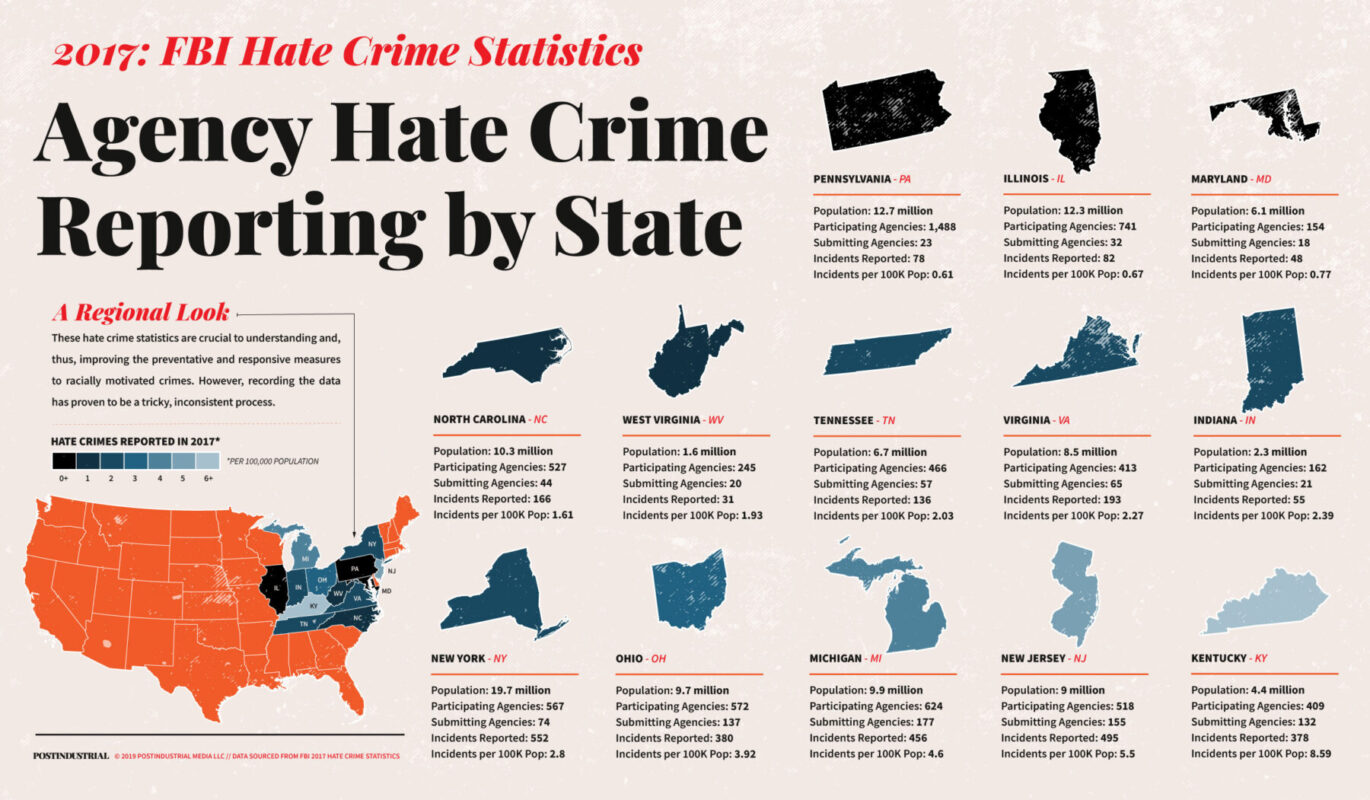
“The numbers per capita are so small relative to surrounding states with similar demographics that that tells me Pennsylvania isn’t doing its … job”
The U.S. Federal Bureau of Investigation releases an annual “Hate Crime Statistics” report. Published on November 13, 2018, the most recent edition showed that hate crime reports in 2017 increased by 17 percent from 2016, rising for the third consecutive year. Of the 7,175 criminal incidents, three out of every five were motivated by race, and one out of every five was motivated by religion. FBI data isn’t the only indicator of rising hate crime reports.
A separate analysis, CAIR’s 2018 civil rights report, analyzed data from nationwide submissions to the organization, and found that there was a 17 percent increase in anti-Muslim bias incidents from 2016 to 2017, a 15 percent increase in hate crimes against Muslims, and that women wearing hijabs triggered 13 percent of these cases.
The FBI report is based on data submitted by state police, which is provided by each state’s law enforcement agencies. However, recording the data has proven to be a tricky, inconsistent process. Pennsylvania, with a population of 12.7 million, has a very low reporting rate. Compared to states nearby and with similar demographics, Pennsylvania’s reported hate crimes are unusually low. Pennsylvania had 0.61 hate crime incidents per 100,000 residents in 2017, while New York had 2.8, New Jersey had 5.5, West Virginia had 1.93, and Ohio had 3.92. From 2010 to 2017, Pennsylvania’s annual average has been 58 hate crimes; prior to 2005, Pennsylvania’s numbers were in the triple digits every year except for 2002.
“The numbers per capita are so small relative to surrounding states with similar demographics that that tells me Pennsylvania isn’t doing its … job,” Levin said.
Hate crime charges are often dropped in the period between an initial arrest and a court deposition. In addition to the choices that prosecutors make in order to secure any kind of charge, local police departments often improperly recognize or report hate crimes.
“Low reporting might reflect local law enforcement’s lack of attention to hate crimes or an inclination to not classify particular incidents as hate crimes,” Wang wrote.
The national attention paid to Smollett’s alleged false reporting of a hate crime in Chicago does nothing but complicate an already convoluted system of identifying and prosecuting hate crimes.
Victims of actual hate crimes already face challenges in reporting and being taken seriously by law enforcement, according to Wang.
“A faked hate crime — just like a true hate crime — creates fear among members of groups that identify with the purported target, because it increases their sense of vulnerability and danger,” Wang wrote. “That increased sense of vulnerability among members of commonly or traditionally targeted groups is particular to hate crimes and is one of the reasons why I believe the law is justified in treating bias-motivated crimes as being worse and therefore deserving of greater punishment than non-bias-motivated crimes.
“For the same reasons, I think hate crimes hoaxes are very harmful,” she continued.
Zada, the Chartiers Valley ninth-grader, remains steadfast.
While Zada feels nervous about seeing her attacker in court and said she would prefer to start homeschooling rather than return to school, she’s glad she came forward to report — to tell her story.
“Stand up for yourself,” Zada said, when asked what she would tell other people facing ethnic intimidation. “You gotta stand up.”


